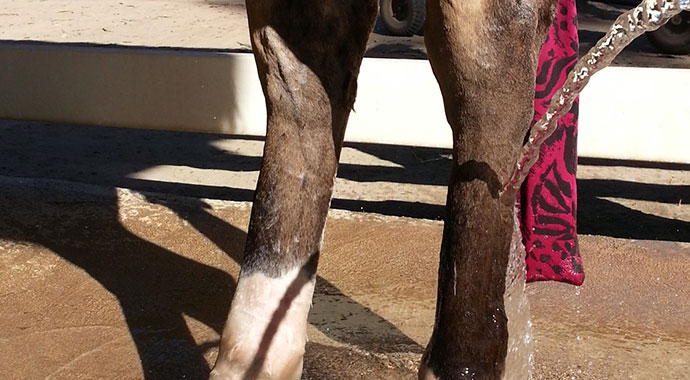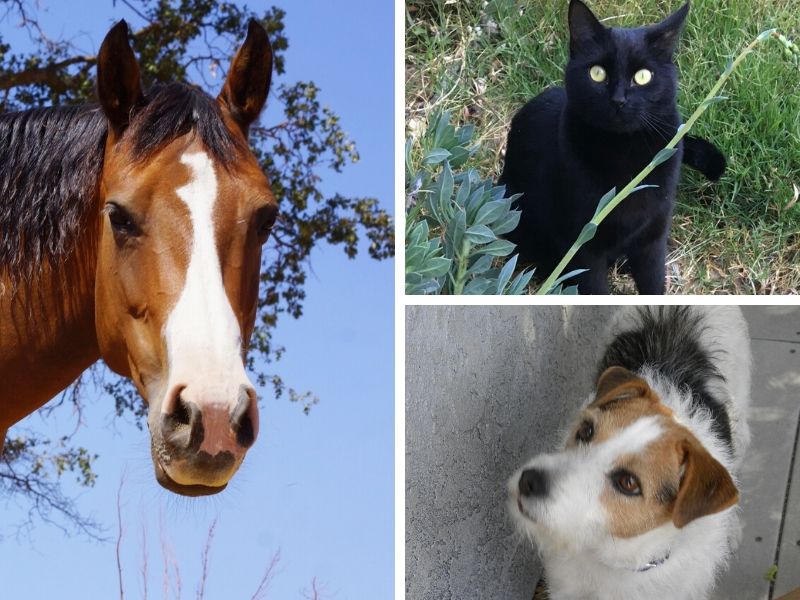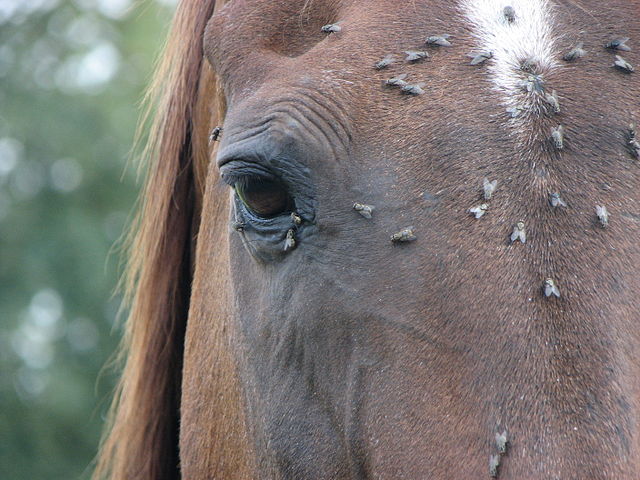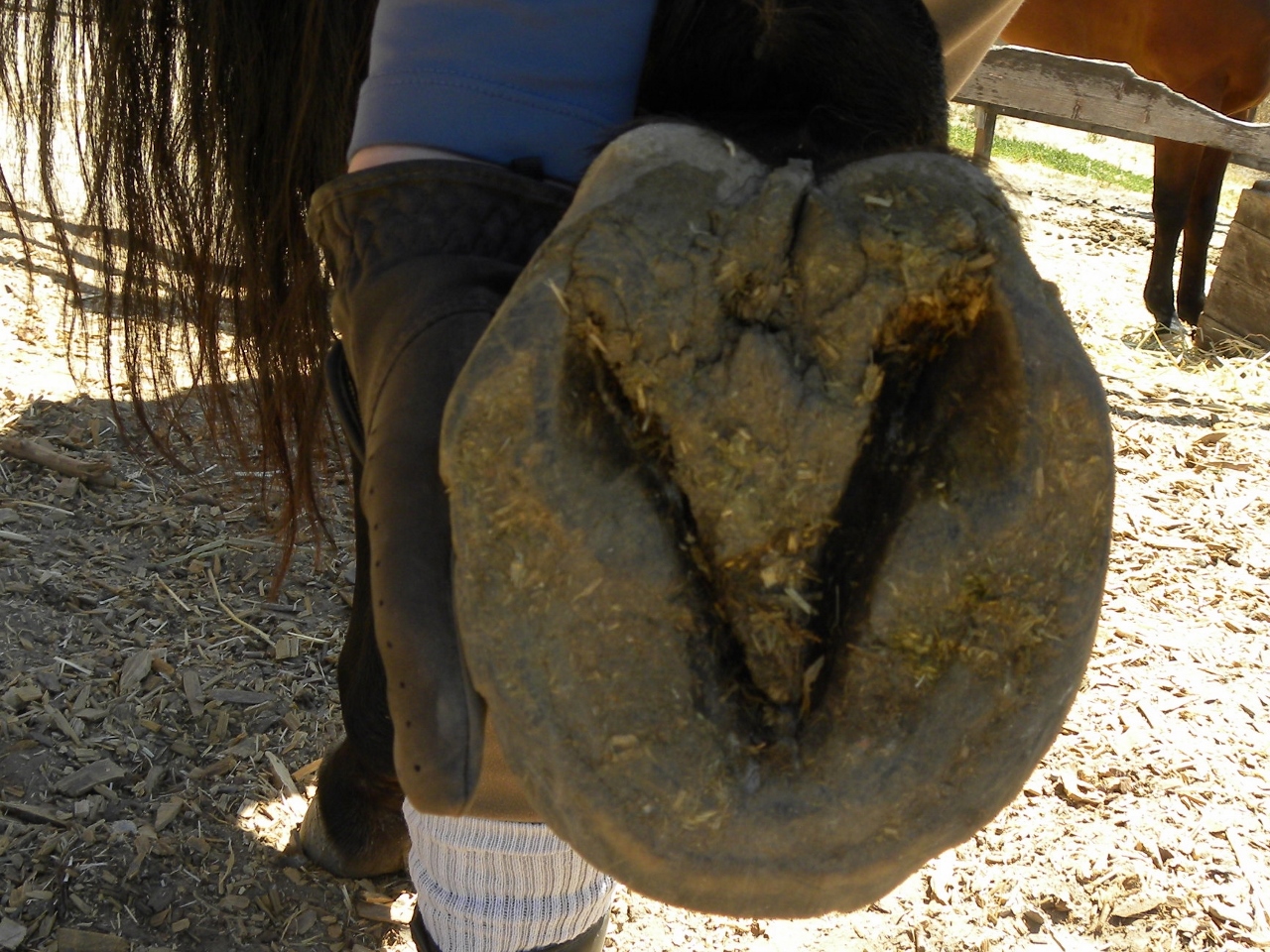If you have owned horses for long enough, there is a good chance that you have been instructed by a veterinarian to “cold hose” your horse’s legs after an injury. This is a time honored and well tested method for reducing heat and swelling, and for rehabilitating the body after injury. In fact, hydrotherapy is well used in human medicine for the same purpose. So, if applying “cold therapy” to your horse’s legs can help him recover from an injury, why then can’t it be used as a method for prevention and overall health? The answer is that it can!
Below the knee, the horse’s leg is comprised of a complex integration of bony structures, ligaments, tendons and fluids. The lower leg and hoof can be likened to a “shock absorber”, transferring the concussion of weight and locomotion from the ground up through the horse’s body. Under load, these structures undergo a certain amount of unavoidable stress; the harder the work, the more stress that is put on the joints, tendons and ligaments. When strain or stress occurs, the body’s natural mechanism for protection is to encapsulate the joints and tendons with fluid. I am sure at some point you have all heard the term “clean legs”, which typically means a lower leg that is free from any bony abnormalities, excess fluid and the appearance of tight, straight tendons. You may have also noticed certain horses who have legs that appear fluid filled before a work out, and magically seem more “clean legged” after exercise; this is actually quite common.
Conformation, performance level, leg protection during exercise, and the type of riding that we do, all play a large role in a horse with “clean legs” as opposed to one who may have excess fluid build up, “wind puffs”, or other cosmetic and/or injury related leg issues. Still, there are things that we can all do as horse owners to make our equine partners more comfortable, as well as aid in maintaining leg health and even preventing serious injury. In fact, there are a whole host of products aimed at reducing heat in the lower leg after a work-out, including ice boots, liniments, menthol gels, and even pricey hydrotherapy units. Fortunately, there is an easy, efficient and veterinarian approved method for heat reduction, and all that it requires is a hose and cold water.
So, here’s the “Twelve Minutes to Better Leg Health” method. After every work-out, once you have gone through your after ride grooming routine, set aside twelve minutes to cold hose your horse’s legs. Spend approximately three minutes per leg, allowing the water to run from the knee/hock down, paying close attention to the tendons; run the water along the back of the leg rather than the front. Once you are finished, run your hands along your horse’s legs and you should notice that they are cool and tight. Remember, any abnormal swelling, heat that won’t go away or lameness should be brought to the attention of your veterinarian. Think of this method as you would think of a “supplement”; it’s not a fix all, just a support method.
So, whether you ride performance horses or just log miles on the many beautiful trails hidden like gems in and around San Luis Obispo county, adding the “Twelve Minutes to Better Leg Health” method to your normal routine is an easy and effective way to go the extra mile for your equine partner.
[contentblock id=4]



